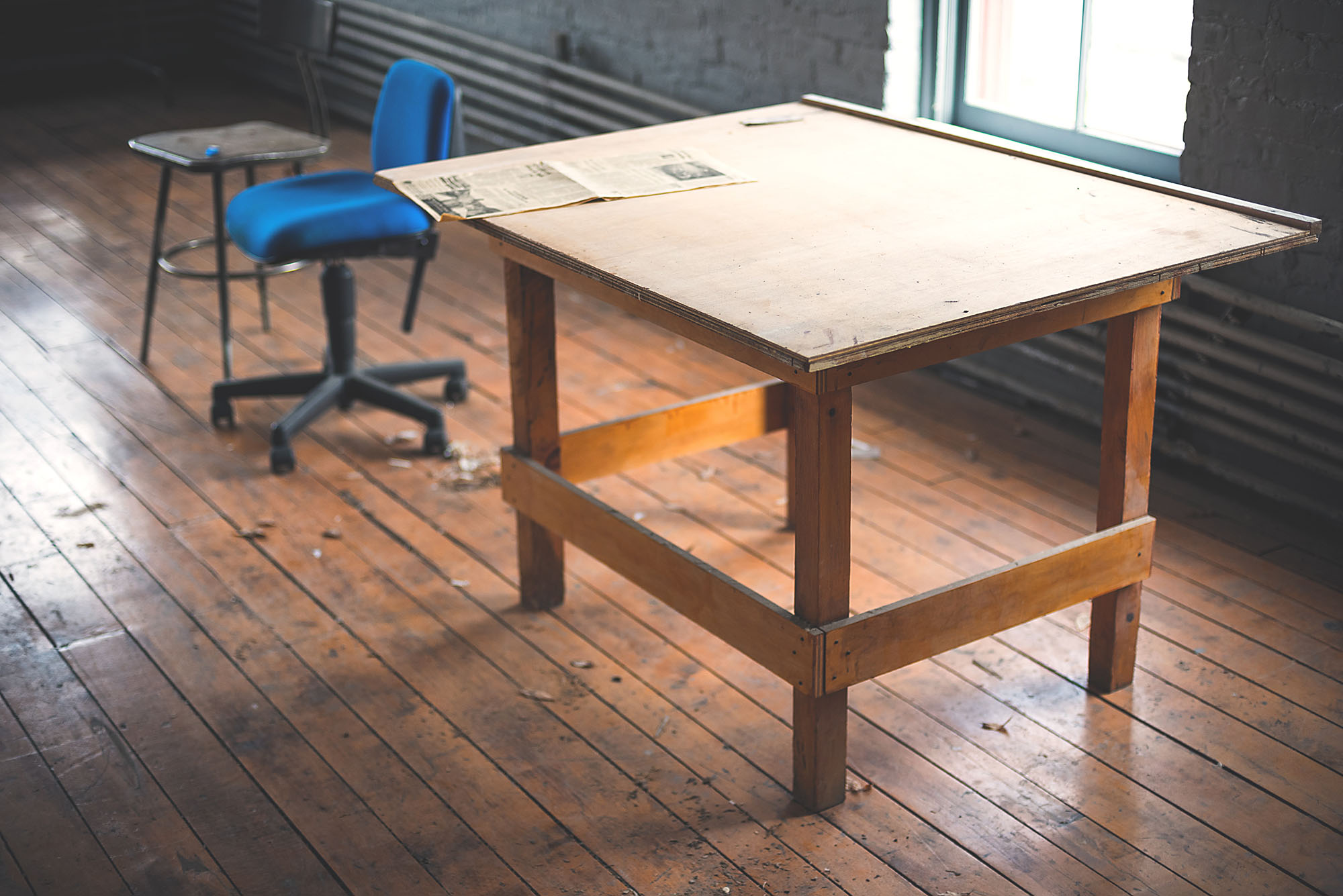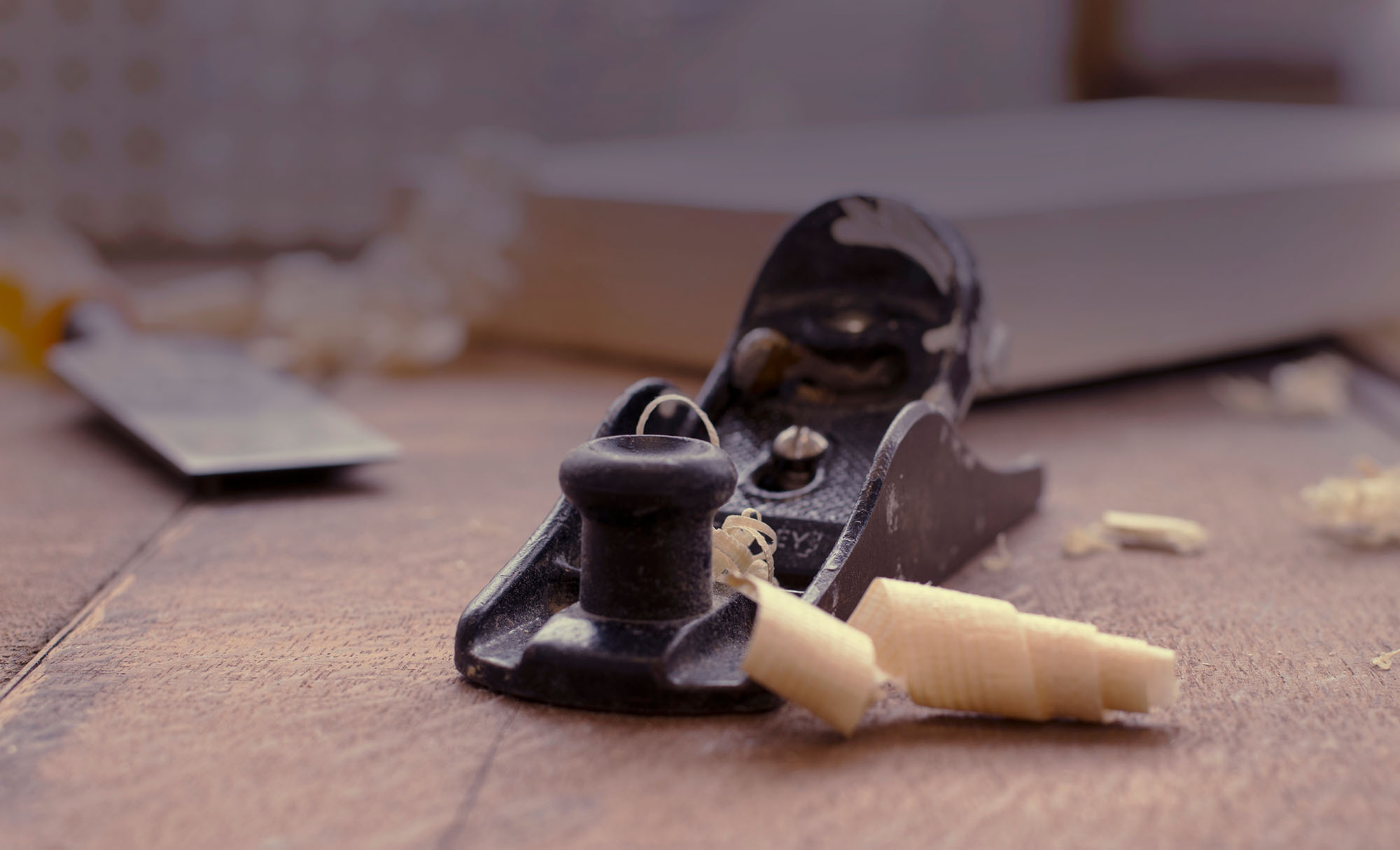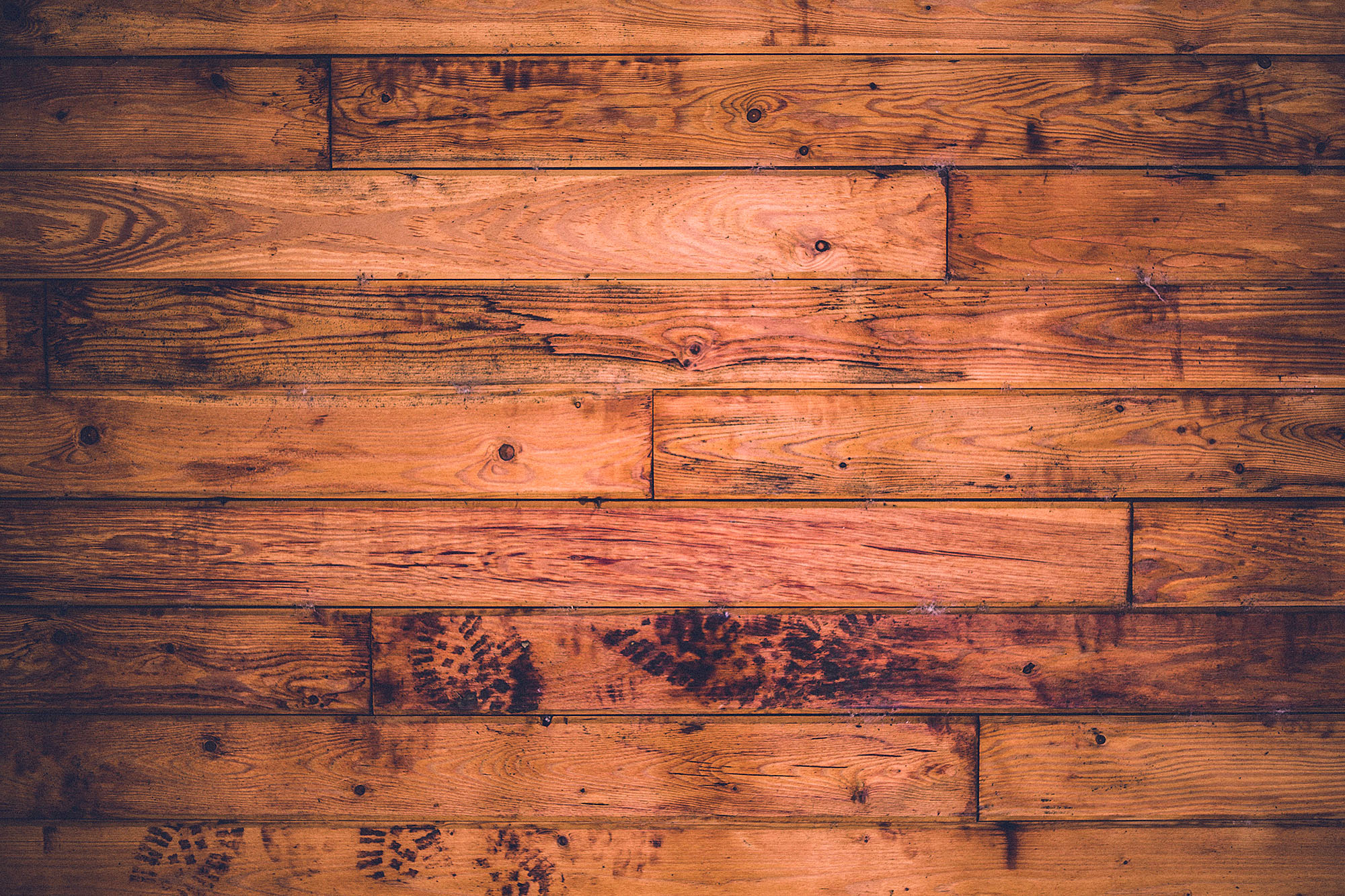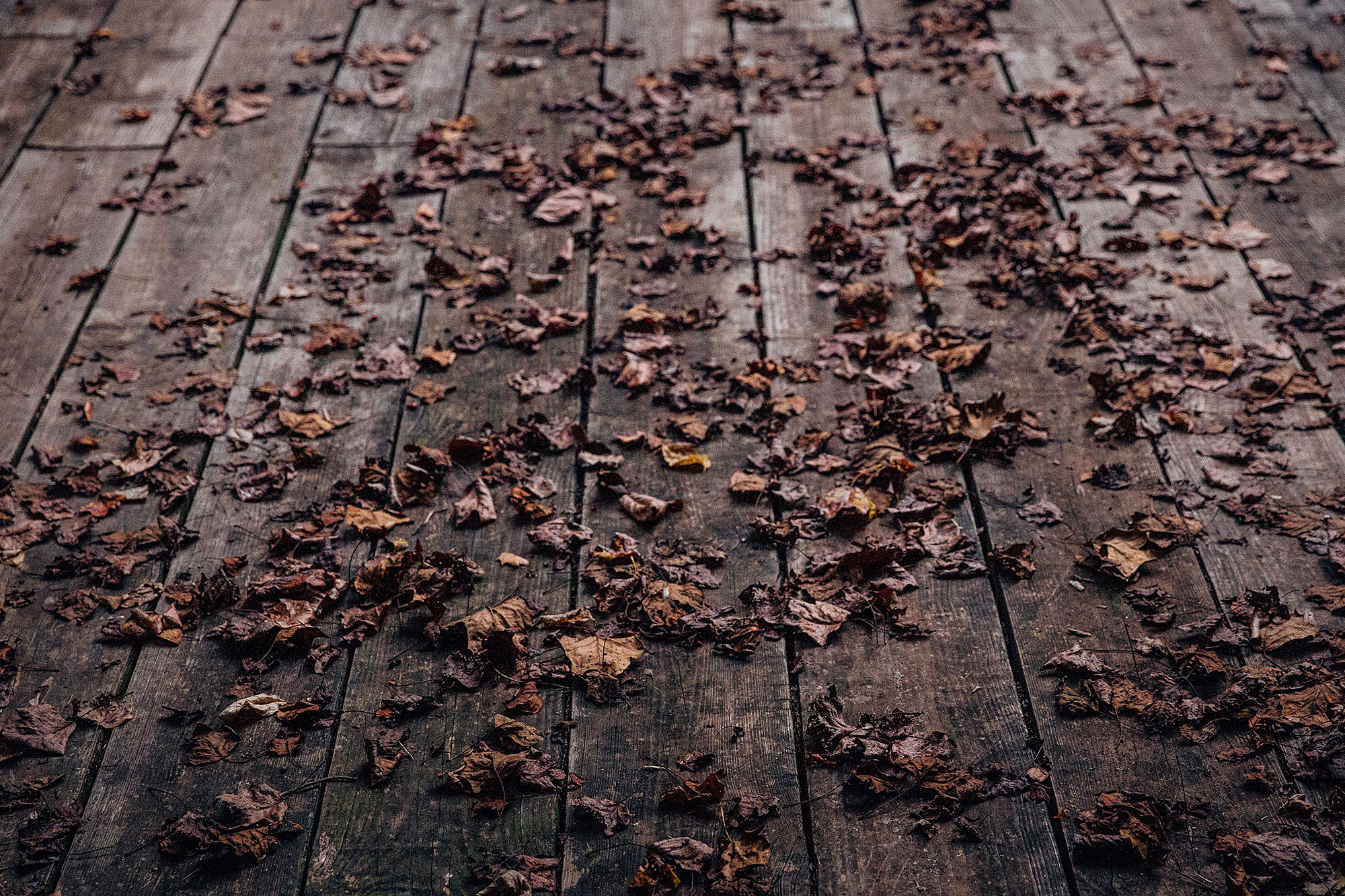Introduction
Good news: we're not in the 80s any more. You can stop dreaming in beige and looking enviously at your neighbor's fake tumbled marble ceramic tile. There's a new-re-found interest in authenticity. What does that mean? Lots of things like using natural materials (with some careful use of synthetics and composites that don't pretend they're natural), doing away with materials mimicry, and burgeoning interest in reclaimed materials. Let's talk a little about why and how to use reclaimed wood, with a few bonus thoughts about what NOT to do.

1) Think about whether it actually makes sense in your project
Are you renovating an old building and exposing old materials which were already there? Great. Are you adding on to an old building and want to tie the new to the old? Great. Are you making a design point about old versus new? Great. Are you wanting to dress up the bathroom in your otherwise suburban home? Well... maybe not.
Think about materials in the context of your building. Reclaimed materials must have some connection to authentic history, or else they need to be treated like an art installation. Don't pretend that you exposed and refinished some longleaf pine floors in your 1978 Fox & Jacobs budget special -- it's not believable, and it's not going to feel right.

2) It's special. Treat it that way
Ever heard of shiplap? It's probably the best-known example of reclaimed wood at the moment. We aren't the hugest fans of HGTV -- they tend to treat materials superficially, just applied to the surface -- but they're on top of the reclaimed materials trend. Some of HGTV's stars slap old wood boards on everything, like paint. Don't do that. It's a feature, a special thing. It's not special any more if you cover an entire room in it. Choose a feature wall, or a niche. Have definite limits for where it starts and stops, too; don't cover half a wall.
As a side note, shiplap is a very specific wood profile. If it doesn't look like the illustration below, it's not shiplap. The name comes from how the edges of the pieces of wood lap over one another. It was frequently used in spots with some exposure to rain (like siding) because the lapped edges prevent water from getting behind the wood. It was -- and is -- more expensive than square-edged boards, though, so many old houses in San Antonio were built with just regular old nominal 3/4" boards sheathing interior walls. That's not shiplap.

3) Understand that it's imperfect, by its very nature
Wood is a changing, expanding, shrinking, moving thing. Be prepared for imperfections. In fact, plan on them: if you aren't OK with gaps in flooring or siding, with blotches and cracks, with nailholes and weird grain, you aren't OK with reclaimed wood.
Over the years, wood develops habits based on where it was installed and how the building as a whole was moving. Wood-framed construction is remarkably resilient and flexible (literally), so what seems like a solid, plumb, and level building may actually be warped and bent in all three dimensions. Many buildings built in the early 1900s have moved substantially on their foundations -- as much as three or four inches -- and every part of the building shifts slightly to accommodate that. That means that a reclaimed beam or reclaimed flooring will probably be slightly warped. You aren't going to change that set, so be prepared to deal with it.

Bonus: What NOT to do
Don't expect new material to match old. Around here, your old lumber is probably old-growth longleaf pine or another pine species. Pine oxidizes over time. Yeah, it's kinda like metal rusting. It gets darker. And the growth rings in your old wood are probably small and tight, with wide variations in colors. New wood has large growth rings with smaller color variations (most of it is fast-growing species grown on plantations). It does not look the same, and it never will.
Don't buy that fake old wood at Home Depot. Please. The only thing worse than fake wood is real wood that's faking old.
Don't buy that fake old wood at Home Depot. Please. The only thing worse than fake wood is real wood that's faking old.
Don't sand old paint on old wood. Chances are high that it's lead-based paint, and there's no worse form of lead than tiny little particles that you breathe in. Encapsulate it in another coat of paint, or strip and properly dispose of it. You should follow the regulations of the city and state where you live regarding the work you do and any disposal.
Don't waste it. There's not very much left in this world. That old lumber is the last remnant of ancient forests, of monster trees hundreds of years old. It's special for more reasons than that it looks beautiful. If you think about that old lumber as a museum piece, you're not far off.
